When servicing industrial production equipment, operators need to account for every factor that could indicate something is amiss. Heat loss is one such sign of malfunctioning plant or broader energy system inefficiencies. Excess heat production is often an indicator that something is wrong. For many experienced technicians, assessing the nature of heat loss from a piece of plant is also hindered by a lack of specialised testing instruments.
Heat detection devices such as thermal imaging cameras are therefore essential for machinery maintenance. Facility managers can use thermography solutions to design a proactive equipment servicing program that reduces the chances of unexpected machinery breakdowns that disrupt production.
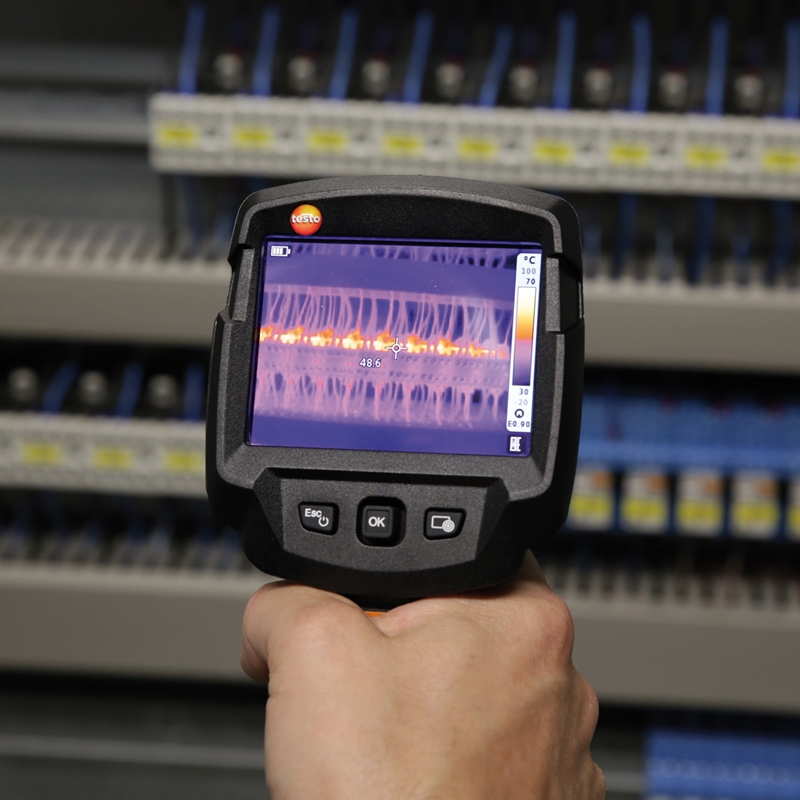
The risks of assessing equipment without checking ambient thermal radiation
Generating energy is one of the most important production processes in the modern world. Consider the far-reaching effects of a modern world without electricity – machinery and processes, from accounting firms to zoos, rely on power generation to keep the lights on. Literally. Regardless of the fuel source, coal-fired factories, wind farms and hydro-powered dams all rely on production equipment working to full efficiency so that the energy generated isn't lost.
It's impossible to achieve 100% energy efficiency, as all processes emit energy waste through sound, kinetic movement or heat. However, minimising this loss is central to lowering operating costs and increasing productivity. Technicians cannot accurately assess machinery performance without analysing where energy is wasted.
The risks of incomplete equipment assessment go beyond just wasted profit. If technical operators fail to check on every factor that could indicate a piece of equipment is damaged, it can increase the chances of an unexpected breakdown. While this breakdown normally just causes energy production to grind to a halt, in some cases this breakdown can cause a catastrophic event which could compromise operator safety.
Consider this example. If an extractor fan overheats, the electrical components within can short circuit and cause the fan to stop working. This can lead to a build up of gases which may cause an explosion or vapours to leach into the environment and affect air quality.
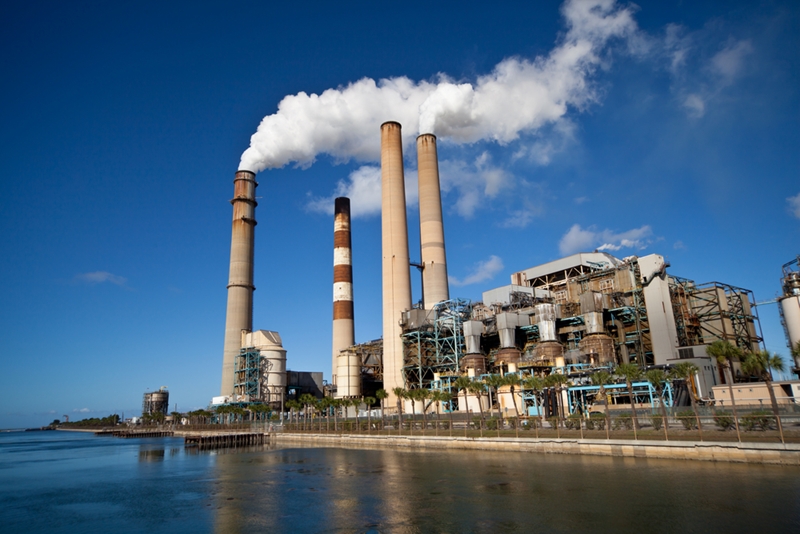
How do thermographic cameras work?
A thermal imaging instrument captures infrared radiation emitted by machinery. Micro detectors scan the light to create a detailed data pattern called a thermogram. This image, also known as a temperature map, uses several thousand points to instantly lay out where higher levels of heat are within the field of view.
The detector elements then translate this data into electrical impulses which are sent to a signal-processing unit. This circuit board translates the information into a spectrum of colours readable on the high-resolution display. 'Hot' shades, from red to orange to yellow, indicate high levels of infrared emission, while 'cooler' greens and blue indicate fewer energy waves.
Using this map, technicians can assess whether equipment is giving off high levels of heat. If individual components are, this could indicate malfunction or wider system inefficiencies. Thermal cameras are non-contact and often hand-held, which allows technicians to carry out accurate temperature measurements from a safe distance. This is just one of the many benefits in using thermal imaging for machinery servicing assessments.
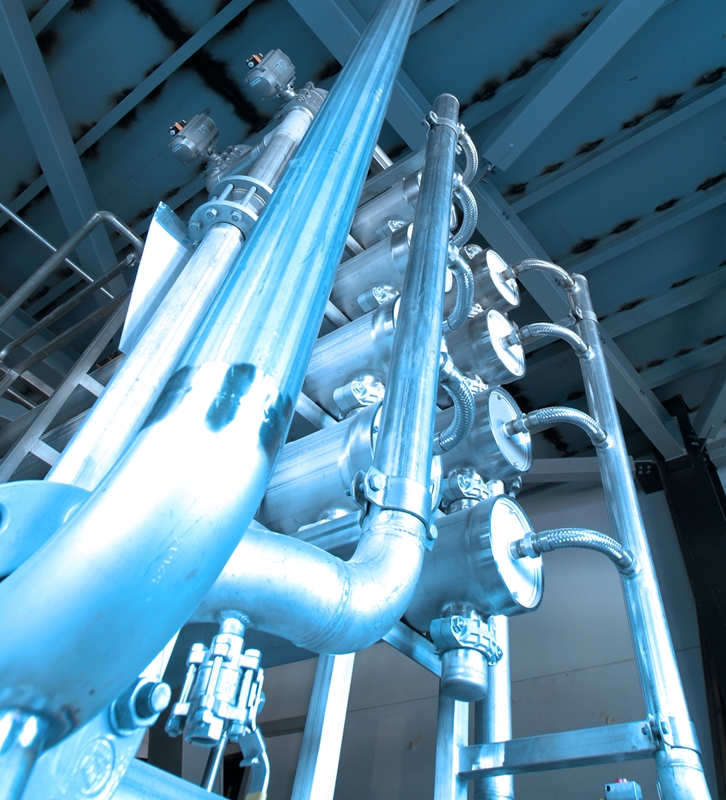
Three ways machinery servicing can benefit from thermal imaging
There are many ways that facility managers can use thermography in their equipment maintenance program:
Identifying malfunctioning plant
Defective machinery components can be prone to overheating. Using a thermal camera, operators can instantly analyse what individual piece of equipment out of a wider production system is responsible for inefficient energy consumption and therefore higher operating costs.
Checking on the performance of new machinery
When purchasing or upgrading system components, it's hard to know whether new apparatus performs as well as an older item. Thermography allows technicians to check whether heat emissions are higher or lower than before. Machinery specialists can use this data to compare performance and cost efficiency between pieces of machinery.
Assessing overall system efficiency
High heat radiation across a power generation facility can indicate that the system isn't as well-integrated or streamlined as it could be. With an infrared camera, operators can identify opportunities for improvement across a whole framework of equipment. Whether that means reorganising integrated machinery for higher efficiency or replacing outdated individual pieces of plant, this gives facility managers an idea about how to improve productivity while reducing energy expenses.
By using thermal imaging in the above three ways, technicians can create preventive maintenance programs to pre-empt the risks of equipment downtime or malfunctioning. However, this is only possible by using industry-leading thermographic cameras.

Testo's advanced temperature assessment solutions
Testo thermal imagers are a central part of maintaining the integrity and longevity of mechanical equipment and its components. Non-destructive and reliable – thermographic testing can be the key to reducing costly system malfunctions or downtime.
The testo 882 professional class infrared camera is a precise, hand-held temperature measurement solution. Special data recording modes, including moisture mapping or high temperature option (for industrial power generation systems) make it ideal for a variety of applications. The built-in digital camera allows users to capture thermal images with an IR resolution of up to 320 x 240 pixels and 640 x 480 pixels with super resolution.
Testo's 885 thermal imagery is best suited to inspecting electrical components, including voltage systems and circuit board analysis. A resolution of 320 x 240 pixels (640 x 480 pixels with super resolution) makes capturing high quality images simple, while the unit can also manage high-temperature measurement of up to 1,200 degrees Celsius (optional). The testo 885 is a truly comprehensive instrument for assessing temperature data, at both component and system level.
For technical details visit our informative site or simply submit your product and service enquiries and we will be ready to assist.



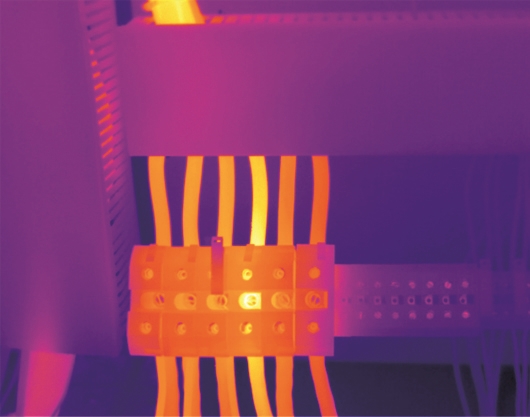
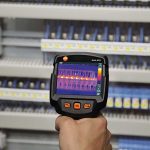
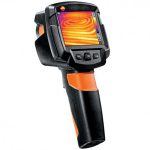
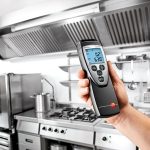


 Reduce cooking oil costs while ensuring quality
Reduce cooking oil costs while ensuring quality Expert knowledge on CO2 monitoring
Expert knowledge on CO2 monitoring Refrigeration knowledge - in 3 modules
Refrigeration knowledge - in 3 modules



